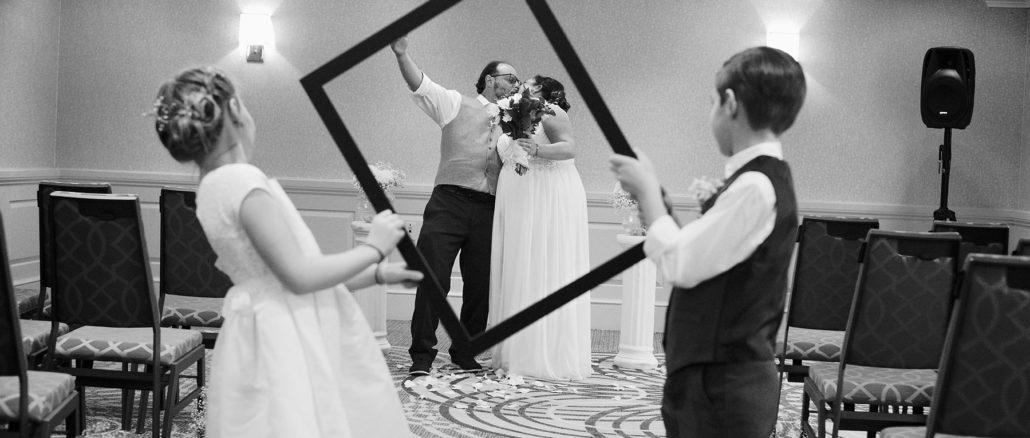
When Your Niece Asks You to Shoot Her Wedding
By Richard Clompus, Trinidad, CA
We’ve all been there. You have this passion for photography and over the years, you end up becoming the family photographer. You always have a camera with you and are always on the look out for new and fresh images to capture. With a camera as your constant companion, you have the appearance of being a “tourist in your own town.” So when your niece asks you to photograph her wedding, you think about it for a few seconds, a wide smile crosses your face and you say, “I’d be happy to create memories of your special day”. Having photographed weddings during my college years to finance camera gear, it wasn’t really a stretch to do it again.
Leica Q 10FPS Capture
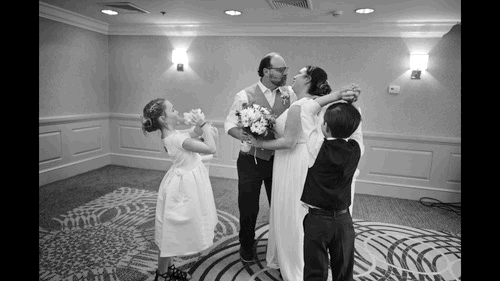
Since the wedding was on the east coast and I live on the west coast, I went through a careful process of organizing and packing gear for the event. I quickly pulled together the following to photograph the wedding: Canon 5DMK3 and SL2 bodies, Canon lenses 24-105 IS, 50/1.2, 85/1.2, 135/2, Canon 600EX flash, MagMod diffuser and a Gitzo travel tripod. Its a lot of gear but I could justify bringing it to capture all the events of the wedding. A few days before my flights, I read multiple articles on this website about photographers shooting weddings with a Leica Noctilux and just a few other lenses. I’ve been a Leica shooter since 1980 when I could finally afford an M4P body, external meter and a 50/2 Summicron lens. It was a surreal experience to finally use Leica equipment. It was hard to wipe the smile off my face that day. Since that time, I’ve upgraded Leica M rangefinder bodies as they were released along with acquiring new and used lenses. I prefer to shoot Leica lenses at their widest aperture. They render images with a 3D look that’s different from other lens brands. New Leica M digital bodies are introduced about every 3-4 years with new technology but their lenses are items you should hold on to. I made the mistake of selling an M 35/2 v4 (known as the “king of bokeh”) to afford a new M 35/2 aspheric lens. The aspheric M 35/2 lens has become one of my favorites but I still wonder if I should have held onto the pre-aspheric version. Most of my M lenses are Mandler designs that do not have aspheric elements.
The night before the departing flight, I made a decision to leave the Canon gear behind and shoot the wedding with Leica equipment. Leica wedding images viewed on Steve’s website were more appealing to me along with the smaller & lighter form factor sealing the decision. I ended up packing: Leica M10 body with hand grip & spare batteries, 50/1 Noctilux, 90/2 pre-aspheric Summicron, Voigtlander 15/4.5 v3, Visoflex EVF2, SF 26 flash, Leica Q with hand grip & spare batteries, various 64GB SD cards and a 13” MacBook Pro with an external 1TB Samsung SSD drive as a back-up. All of this fit in a well-worn Billingham Hadley Pro bag that has traveled around the world many times.
So how did it go? In spite of my photography, the wedding was a success!! The rehearsal and wedding went off without a hitch. The Leica gear quietly captured memories during the events without any issues. My wife was the perfect art director who organized the pre- and post-wedding shots. This worked out very well reducing my stress level in trying to optimize lighting and exposure. Instead of just snapping away with the shutter, I used a technique taught in a San Francisco Leica masterclass with Ralph Gibson to visualize the image and then capture it. Most shots were taken with the M10 and Noctilux. It creates images that are amazingly different from other lenses. When shot at f1.0, the depth of field is razor thin. It requires careful focussing. It helps to rock foreword or backward to adjust the final focus to capture portraits with sharp eyes. If the eyes are in focus, the portrait appears in focus. Some shots were slightly out of focus by not being able to keep up with people’s movements (my limitation) but the images still conveyed emotions of the event. Every lens has an optical signature. The Noctilux shot at f1.0 renders skin that is best described as smooth and creamy. Portraits made with the 90/2 pre-aspheric Summicron shot wide open renders skin differently with more detail that is also very complimentary. Lens reviews of the newer Noctilux f0.95 indicates it renders sharper images when used wide open compared to my older f1.0 design. It would be nice to shoot with the newer version at some point and compare images. The Leica Q served as a wide angle camera with its 28/1.7 lens. The Q’s auto-focusing lens has optical stabilization that’s helpful for shooting B roll video. It’s a wonderful travel camera that is always in my Billingham bag. The black finish is beginning to wear off on some of the edges showing the magnesium body. Some of the images were captured with an ISO of 12,500 with both Leicas. The inherent grain is reminiscent of high speed film. I never used the flash.
The wedding photos were presented to the bride and groom in monochrome with the reception images in color. Leica cameras have the option of saving images as both RAW and monochrome jpg files. The RAW files will always have color data. The monochrome jpg images are stored and shown as black & white on the eternal M10 LCD screen and the LCD and EVF of the Leica Q. Its reassuring to see them and to briefly show them to subjects in your photos. Many people have never seen black & white images produced from digital cameras.
The majority of the M10 images were taken with the Noctilux. The Q was the perfect wide angle camera for images and video with blazingly fast auto-focus. The Q also has a 10fps burst mode with a silent electronic shutter that was useful for capturing rose petals tossed at the bride and groom. They were used to make a nice gif file playing the showering rose petals over and over again.
After arriving home, the RAW images were imported into an iMac using Lightroom for minor adjustments and exported as jpg monochrome and color images. Selected images and video segments were placed into Apple Keynote with transitions & title slides and exported as a .mov file. This video file was imported into Apple Final Cut Pro X to adjust timing and add a music sound track. The final edit was rendered with Compressor as a 7 minute 1080p private wedding video that will be shared with friends and family. Final edited jpg images were placed into a password protected Dropbox folder for use by the newlyweds. A 24 page wedding book with the best images will be printed.
I’m glad I used Leica gear for the wedding. The images and video captured moments and emotions from a special day. Everyone is happy (thankfully) and I had a wonderful time at the wedding. I have great respect for wedding photographers who do a much better job every week for more critical clients. The other “take way” from this project was the realization that I’m interested in the f0.95 Noctilux and I may sell the f1.0 to afford it – or not.

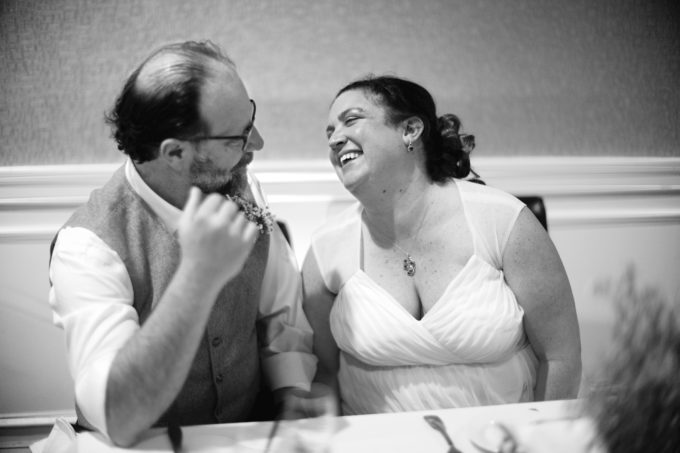
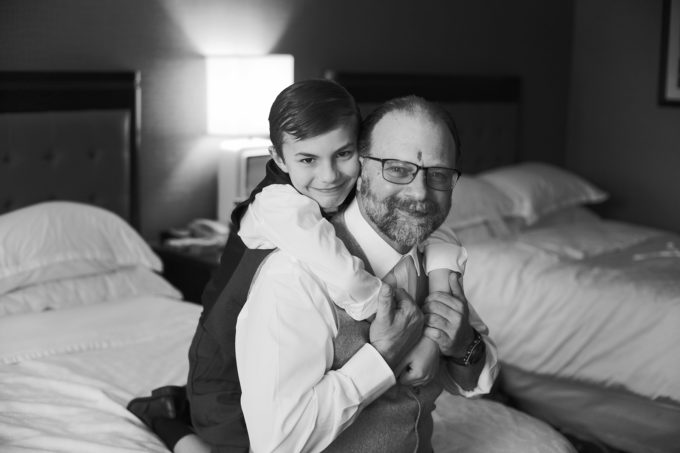
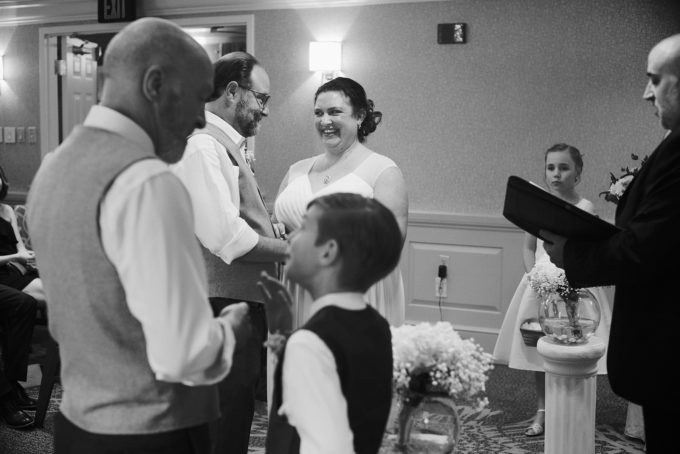
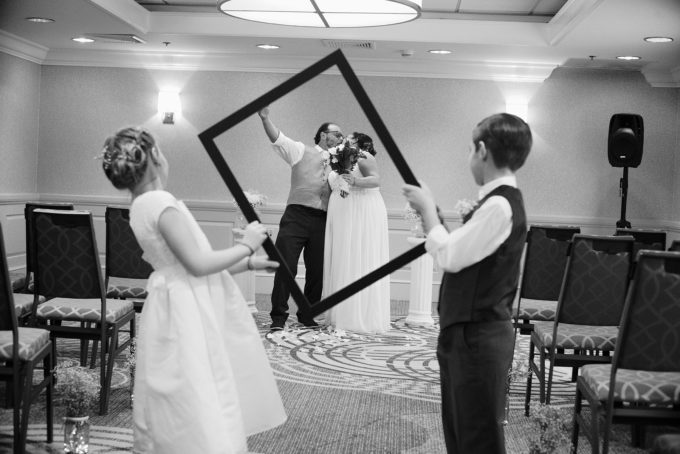
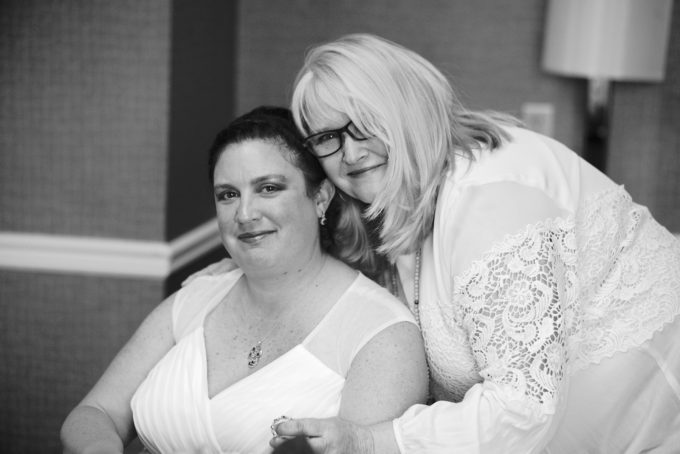

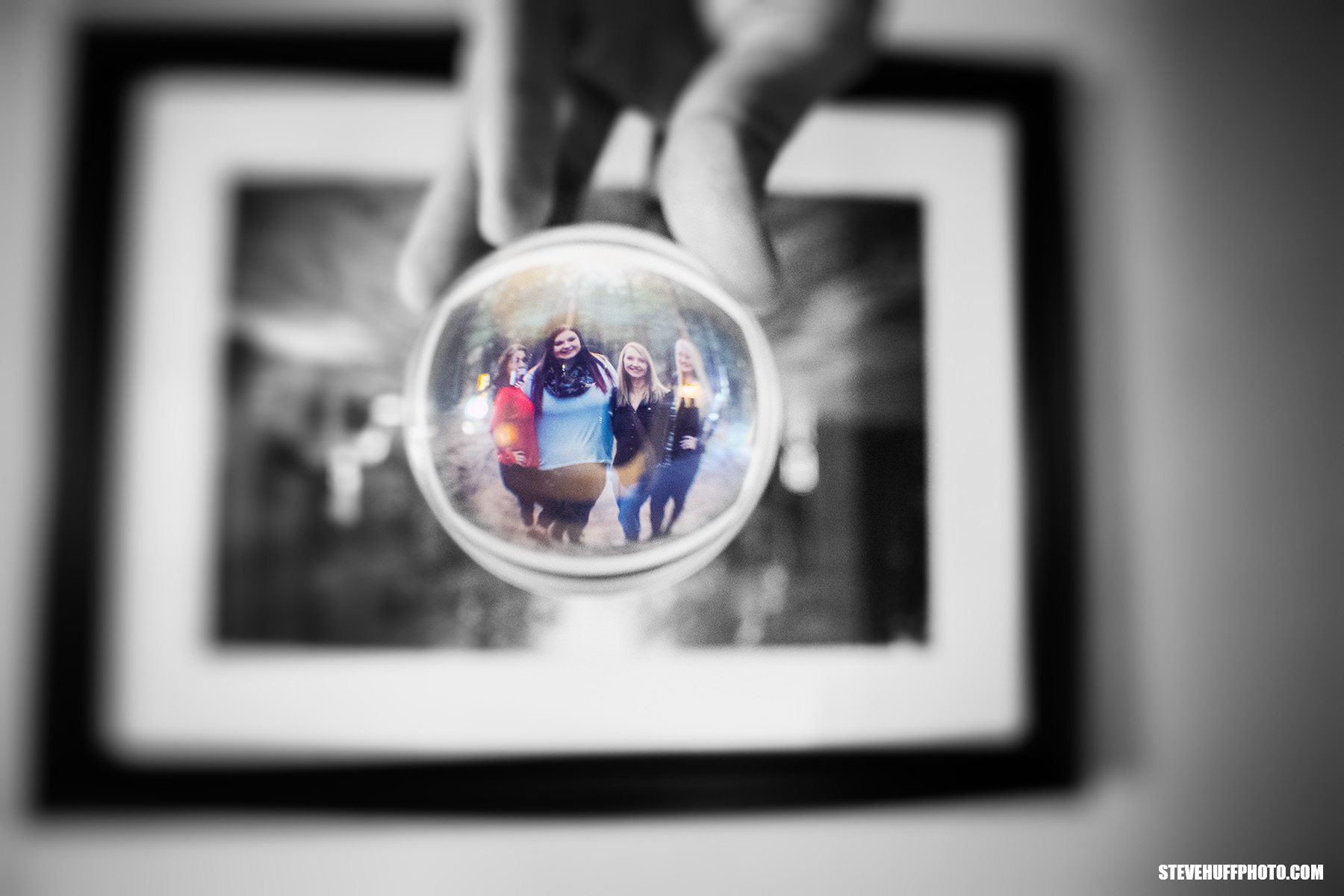
I did one wedding for a family member 15+ years ago.
It was WORK and was unexpectedly terrifying. I did not want to be the guy who blew it.
Part of the anxiety was shooting primarily medium format film. Heavy! And drought with risk of failure as opposed to digital.
You images are very nice. Thanks for sharing.
This article should be called, ‘When your family asks you to shoot their wedding – How to say no.’
I’ve shot 5 weddings for family members and I finally had to say enough is enough. Your family thinks, ‘oh eh I can get this done for free…great’. Meanwhile you get to slug through a 12 hr day (and miss the wedding for all intents and purposes) and then spend countless hrs in post. Nope…never again. I’ve since said no to several other family weddings and numerous friend requests.
A polite way out of the request is to simply say, ‘I appreciate you thinking of me but I would far rather attend your wedding as a guest so I can enjoy your day.’ Done.
Clint, I understand your comment. Its a joy for me. Even when I attend weddings as a guest, I usually carry a Leica and take a few candid portraits of the wedding couple and send them prints as a gift. Its hard to stop visualizing images that could end up being great photographs. Be well.
yes it is a lot of work when family and friends ask to shoot their wedding, but I have actually always seen it as a privilege and a sign they like my pictures. And of course as I adore taking photographs I also actually enjoy my 12h+ day :-).
A huge responsibility, well done. A little too much dwelling on the needed equipment.
Always keep it simple, but effective. A Leica M great for slice of life. I am a M user but truly prefer SLR for portraits and weddings. The Leica Q is a great snapshot box but the much touted “f 1.7” lens a myth. It never opens to that aperture. I have shot countless weddings and color is first choice. BW can always be also done, at “shop” stage. In all a great shoot, well worth reading and seeing.
My next article will be less techie. Sometimes the difficult part of taking a thousand photos is how to edit and share them with friends and family. Most wedding couples want a video to share with friends and to re-live a day where the details fade quickly from memory. My biggest obstacle was manual focusing the Noctilux. Be well.
I fully agree with your decision to leave Canon at home – your pictures look very good and you have captured very spontaneous moments with very nice composition. This is my personal wedding shooting style
thanks for sharing!!!